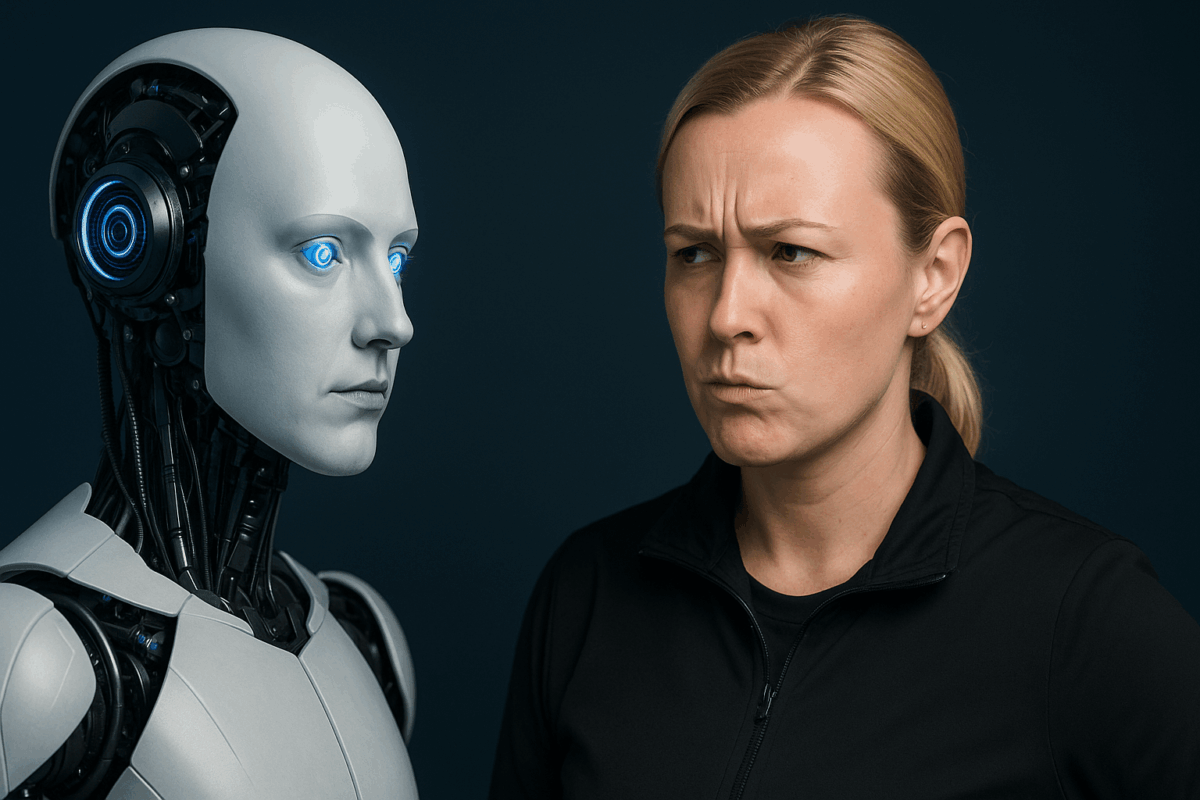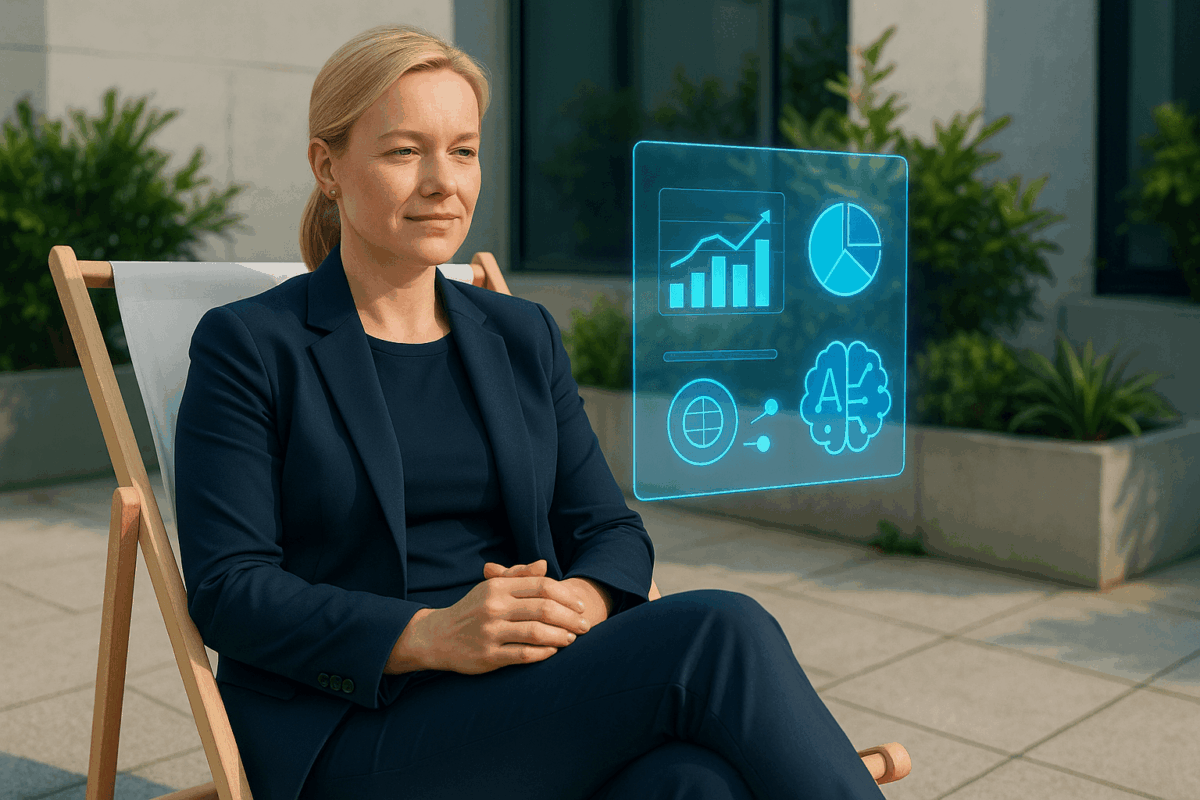By Adam Brown
The air is thick with AI. At every conference and board-room, you can taste the excitement. When I attended Fujitsu’s recent Integrated Intelligence event, the message was loud and clear: AI isn’t knocking on the door; it’s moving in and redecorating, reshaping how we work, think and create value. We heard about new approaches, cutting-edge techniques and gamechanging tech – topics I’ll dig into in future posts.
The AI elephant in the room
Yet one question kept surfacing: If the tools for adoption already exist, why isn’t mature, enterprise-wide AI the norm? If the tech is ready, are we—the humans—holding things up?

It’s a provocative thought, but one we need to confront. And if we are honest, the answer can often be — yes.
The biggest hurdles are not always technical; they can be cultural. We cling to “how we’ve always done things,” fear the unknown and resist change.
Understanding the anxiety
Employee worry is natural, especially when roles shift. Someone at a recent networking event quoted the (probably apocryphal) Henry Ford line: “If I’d asked people what they wanted, they’d have said faster horses.” I replied that from the horse’s angle, the motor-car era often led straight to the glue factory!

Dark, but it highlights the fear: Will AI make me obsolete?
And fear breeds inertia — hesitation to trust the output, reluctance to stake decisions on unfamiliar logic, dread of a wrong call. It’s not about resisting progress; it’s about genuine concern for security and purpose.

The cure is clarity, delivered through culture, leadership and intentional design.
Augmentation, not annihilation
Advanced AI — like the multi-agent AI that powers our deckchair platform — isn’t built to replace people. It’s here to augment them. Picture “Centaur teams” where human insight is amplified by AI’s talent for heavy, repetitive, data-intensive work. Your smartest minds get the ultimate power-tool kit, freeing them for innovation, creativity and knotty problem-solving. Far from diminishing human skill, AI turns it up to eleven.
A new way of working
Winning organisations have gone through a mindset shift. They do not treat AI as a bolt-on gadget; they embed it everywhere.
The benefits are clear:
– Sharper decisions, born of richer data.
– New revenue paths and products.
– Higher job satisfaction as drudgery fades.
– Future-proof skills that keep talent indispensable.

The way we work is changing. There’s no rewinding to pre-AI days, and that’s good news. Integrated AI makes us not just faster, but better. And individuals with the skills to leverage these technologies are becoming indispensable.
The leadership mandate
Successful adoption hinges on leaders who have empathy and a commitment to bringing their people on the journey. They must:
– Lead with intent, not hype.
– Create psychological safety so teams can experiment, fail fast and learn.
– Invest in education and transparency so AI-driven choices earn trust.
Foster continuous learning, reward adaptability and position AI as a partner, not a threat.
Thriving together
Address concerns openly. Showcase quick wins. Emphasise how AI amplifies human potential. When you do, AI and people won’t just coexist — they’ll excel side by side.
So, are humans the problem? Only if leadership lets inertia win. With clear purpose and empowered teams, humans become the solution that unlocks AI’s full promise.

